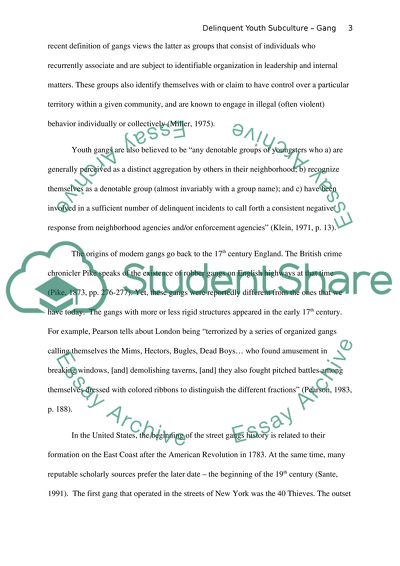Cite this document
(“Delinquent Youth Subculture - Gang Research Paper - 1”, n.d.)
Delinquent Youth Subculture - Gang Research Paper - 1. Retrieved from https://studentshare.org/law/1580671-delinquent-youth-subculture-gang
Delinquent Youth Subculture - Gang Research Paper - 1. Retrieved from https://studentshare.org/law/1580671-delinquent-youth-subculture-gang
(Delinquent Youth Subculture - Gang Research Paper - 1)
Delinquent Youth Subculture - Gang Research Paper - 1. https://studentshare.org/law/1580671-delinquent-youth-subculture-gang.
Delinquent Youth Subculture - Gang Research Paper - 1. https://studentshare.org/law/1580671-delinquent-youth-subculture-gang.
“Delinquent Youth Subculture - Gang Research Paper - 1”, n.d. https://studentshare.org/law/1580671-delinquent-youth-subculture-gang.


